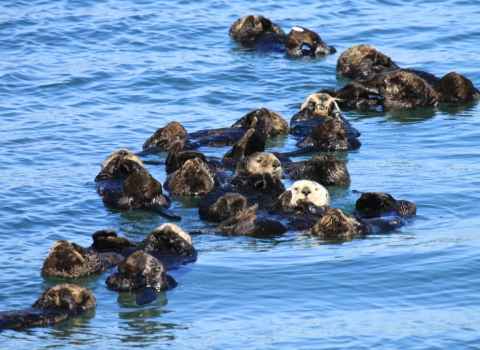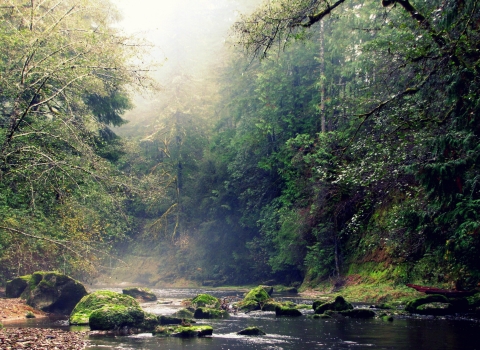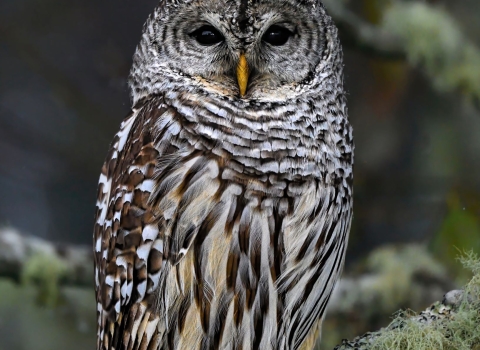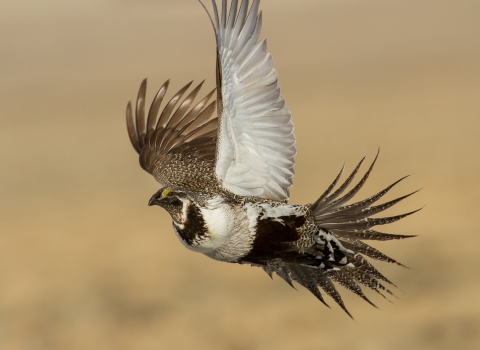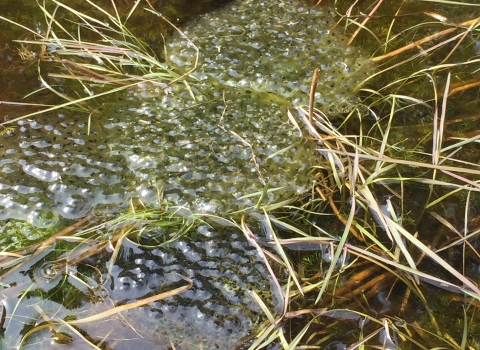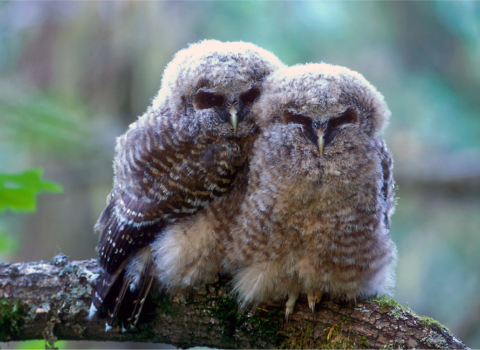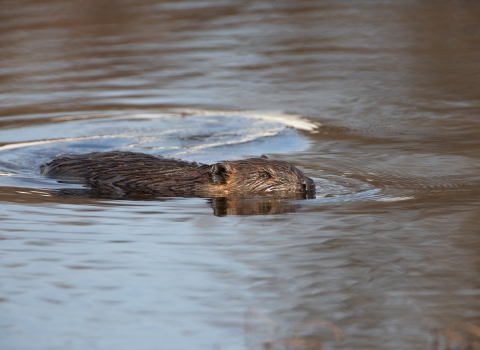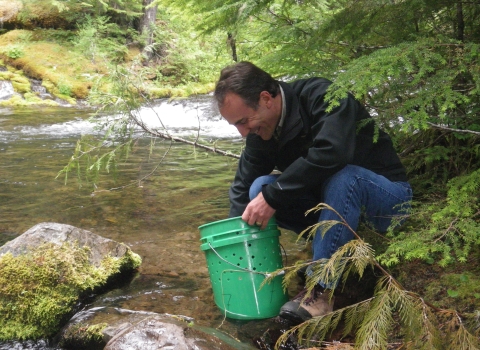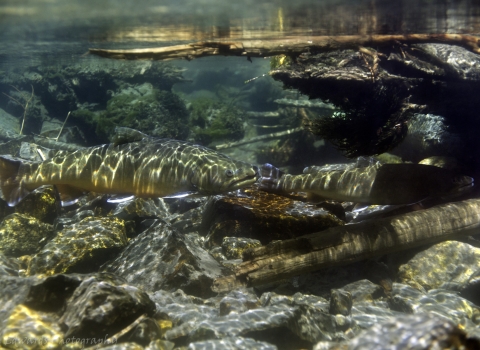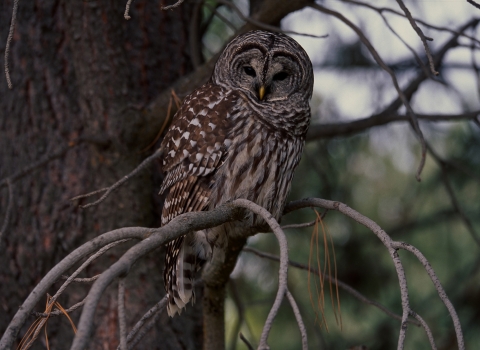Projects and Research
We use science and innovative technology to manage and conserve terrestrial and aquatic resources. Collaboratively with partners, we seek to effectively meet today's complex conservation challenges. Learn about some of our projects below.
To be added to our mailing list, please use the button below to sign up for updates via email and put the word “subscribe” in the subject line. We will keep you informed of any events and opportunities for public engagement.
Sign up for updates
Sea Otter Story Map
Open House Report now availableLast summer the U.S. Fish and Wildlife Service held a series of...
The Deschutes Basin HCP was finalized and approved by the US Fish and Wildlife Service on December 31, 2020. (National Marine Fisheries Service approval is anticipated in 2021.)
After over a decade of development that included input from Tribes, agencies, stakeholders, and the public, we are excited to now be collectively be implementing the HCP.
The Oregon Department of State Lands developed a Habitat Conservation Plan (HCP) for the Elliott State Research Forest in Oregon’s Coos and Douglas Counties. The HCP supports forest research and management activities and the conservation of listed species and their habitat on the Elliott State Research Forest.
The U.S. Fish and Wildlife Service prepared a final Environmental...
LATEST NEWS: The Service announced their Record of Decision and final Barred Owl Management Strategy to address the threat of the non-native and invasive barred owl to native northern and California spotted owls. Implementing the Barred Owl Management Strategy is voluntary and will be largely based on available resources and will be done in specific, collaboratively selected areas where...
Voluntary conservation through Sage-Grouse Candidate Conservation Agreements with Assurances (CCAAs) support the ecological integrity and uplift of Oregon’s privately owned rangelands.
Voluntary conservation on privately-owned rangelands is a cornerstone of sagebrush and sage-grouse conservation. Actions that maintain and improve sagebrush ecosystem health also benefit overall...
The Oregon spotted frog is the most aquatic native frog in the Pacific Northwest and its habitats include lakes, ponds, wetlands and riverine sloughs. This species has been documented in British Columbia, Washington, Oregon, and California. Unfortunately, this frog has lost 76 to 90 percent of its former range and has been extirpated (locally extinct but exists elsewhere) from...
The northern spotted owl is one of the most studied birds in the world. Monitoring spotted owl populations throughout the species’ range in Washington, Oregon, and California is an extensive effort conducted among several agencies and partners. These efforts are not designed to count the number of individual spotted owls but rather to gather sampling data from which population trends are...
Beavers play an incredibly important role in our world, altering and shaping the landscape. As nature's "engineers," they build dams that provide deep water that protects them from predators, gives them access to plentiful food, and provides underwater entrances to their dens. Their tree-felling and dam-building activities create...
There are 740,000 acres in California and Jackson County, Oregon, which are designated as critical habitat for 15 wetland animals and plants listed as threatened or endangered under the Federal Endangered Species Act, by the U.S. Fish and Wildlife Service. The four animal species include: Conservancy fairy shrimp, longhorn fairy shrimp, vernal pool tadpole shrimp, and vernal pool...
Bull trout were once abundant and widely distributed in Oregon's Willamette Basin, including the Clackamas River. They were an important component of the river’s native fish assemblage that evolved over thousands of years. Unfortunately, this native char was extirpated from the Clackamas River Subbasin and had not been seen in the Clackamas River since 1963. Bull trout were listed as...
Bull trout were listed as threatened under the ESA in 1998 due to declining populations. The USFWS recommends monitoring populations in subbasins where little is known about the populations, including the Grande Ronde and Imnaha Subbasins. Redd counts have been conducted for over 20 years in the Wallowa Mountains of NE Oregon and is important for determining relative abundance and distribution...
The goal of this experiment was to test the feasibility of barred owl removal to determine whether it improves conditions for spotted owls. We removed barred owls from less than one twentieth of one percent of the range of the barred owl.
USFWS Wraps up Experimental Removal of Barred Owls for the Conservation of Northern Spotted Owls.
The Barred Owl Removal Experiment...




